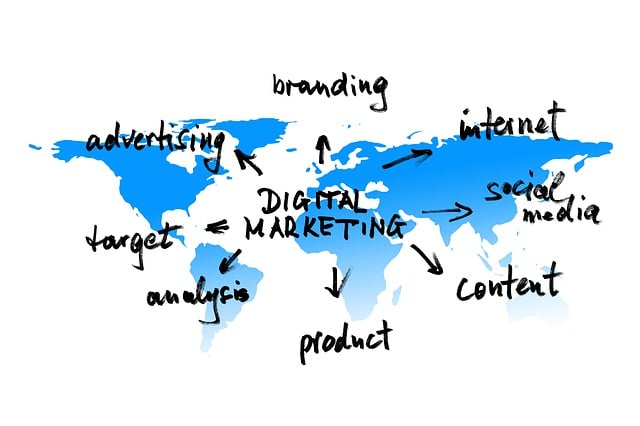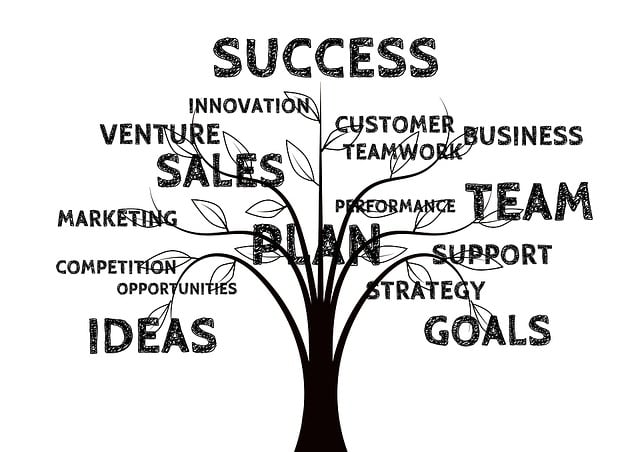In today's digital age, manual processes and limited data utilization plague the truck repair industry, leading to inefficiencies and dissatisfied customers. AI solutions offer a transformative path by automating tasks like diagnostics and inventory management through machine learning and advanced analytics. These technologies predict part failures, streamline workflows, and enhance accuracy while reducing time and resource waste. Integrating AI improves efficiency, allows mechanics to focus on complex tasks, and ultimately leads to cost savings, faster turnaround times, and better customer satisfaction.
In the dynamic world of trucking, efficient vehicle maintenance is paramount. This article explores AI solutions for optimizing truck repair workflows, addressing the urgent need for transformation in this sector. We delve into the current challenges faced by repair shops, from complex diagnostic processes to time-consuming paperwork. By integrating AI technologies, we uncover strategies that streamline operations, enhance precision, and boost productivity, ultimately improving overall efficiency and profitability in truck repair.
- Understanding the Current Challenges in Truck Repair Workflows
- Integrating AI Technologies for Streamlined Operations
- Implementing AI Optimization Strategies: Best Practices and Benefits
Understanding the Current Challenges in Truck Repair Workflows

In today’s digital era, the truck repair industry faces significant challenges in optimizing their workflows. Manual processes, limited data integration, and a lack of standardized protocols contribute to inefficiencies. Traditional methods often result in lengthy diagnostic times, costly parts replacements, and a less-than-satisfactory customer experience. These issues underscore the need for innovative solutions that can revolutionize truck repair operations.
AI solutions for optimizing truck repair workflows offer a promising path forward. By leveraging machine learning algorithms and advanced analytics, these technologies can streamline diagnostics, predict part failures, and enhance overall efficiency. AI-driven systems can analyze vast data sets from various sources, enabling mechanics to access real-time insights and make informed decisions. This not only improves the accuracy of repairs but also reduces time and resource wastage.
Integrating AI Technologies for Streamlined Operations

Integrating AI technologies into truck repair workflows offers a transformative path toward operational excellence. These intelligent solutions can automate routine tasks, such as diagnostic procedures and inventory management, significantly reducing turnaround times and labor costs. By leveraging machine learning algorithms, AI systems can analyze vast datasets from previous repairs to predict common issues and suggest optimal part replacements, enhancing efficiency and minimizing errors.
Furthermore, natural language processing (NLP) enables effective communication between human technicians and AI assistants, facilitating knowledge sharing and ensuring consistent repair procedures. This integration streamlines operations, allowing mechanics to focus on complex tasks while the AI handles the routine, fostering a safer and more productive work environment.
Implementing AI Optimization Strategies: Best Practices and Benefits

Implementing AI optimization strategies in truck repair workflows offers a myriad of benefits, revolutionizing how workshops and mechanics operate. By embracing AI solutions for optimizing truck repair workflows, businesses can significantly enhance efficiency and productivity. These intelligent systems are designed to automate repetitive tasks, such as diagnostic procedures, inventory management, and scheduling, freeing up valuable time for technicians to focus on complex repairs.
Best practices in AI optimization involve integrating machine learning algorithms that continuously learn from data. This ensures that the AI system adapts to evolving repair patterns, improving accuracy and reducing errors. Additionally, leveraging natural language processing for efficient communication between AI systems and human workers fosters a collaborative environment. This harmonious interplay between technology and expertise optimizes truck repair workflows, ultimately leading to cost savings, faster turnaround times, and improved customer satisfaction.
AI optimization strategies offer a transformative path forward for the trucking industry, addressing long-standing challenges in repair workflows. By seamlessly integrating advanced technologies, these strategies streamline operations, reduce costs, and enhance efficiency. Adopting best practices outlined in this article enables fleet managers to harness the power of AI solutions for optimizing truck repair workflows, ultimately paving the way for a more robust, competitive, and future-proof trucking operation.
